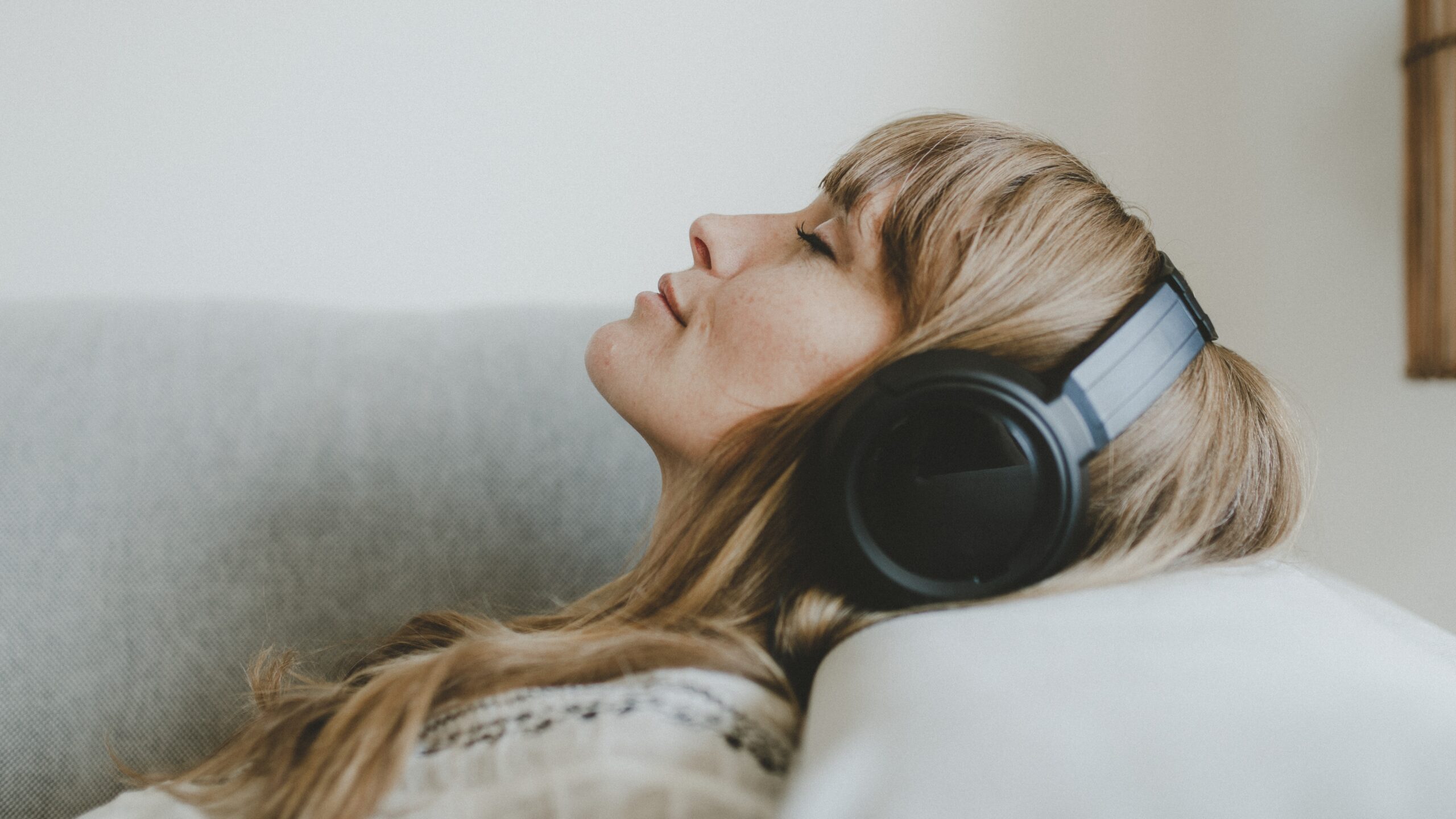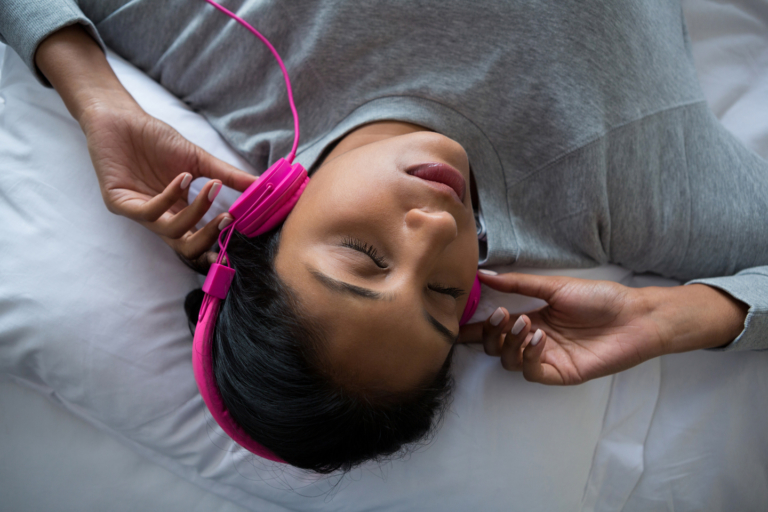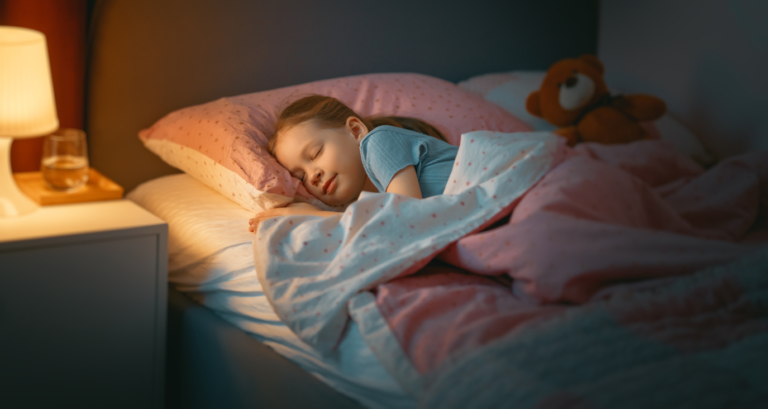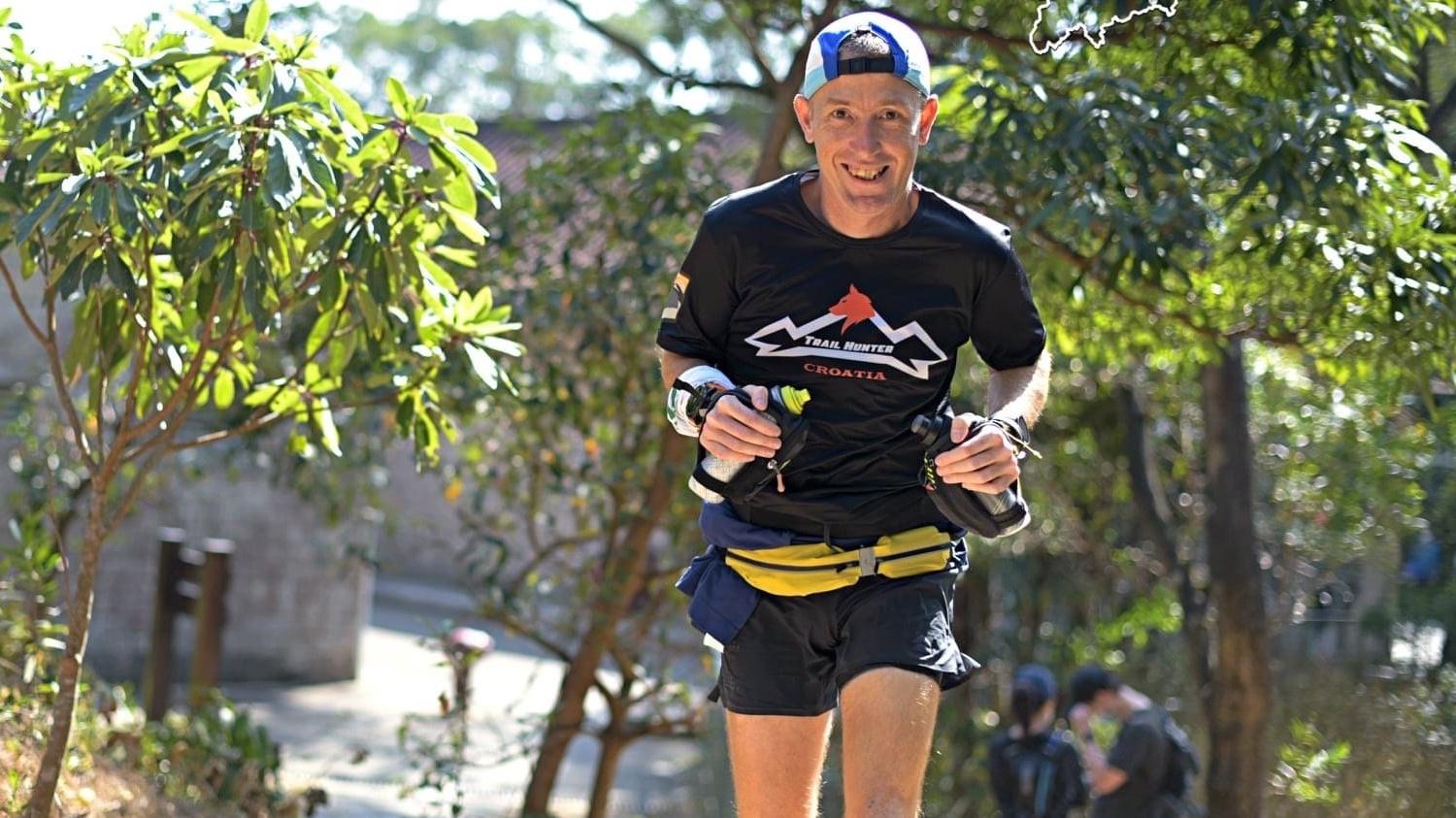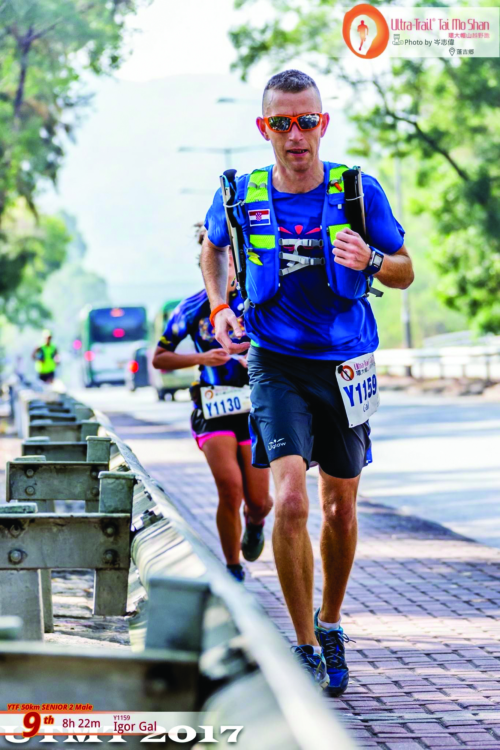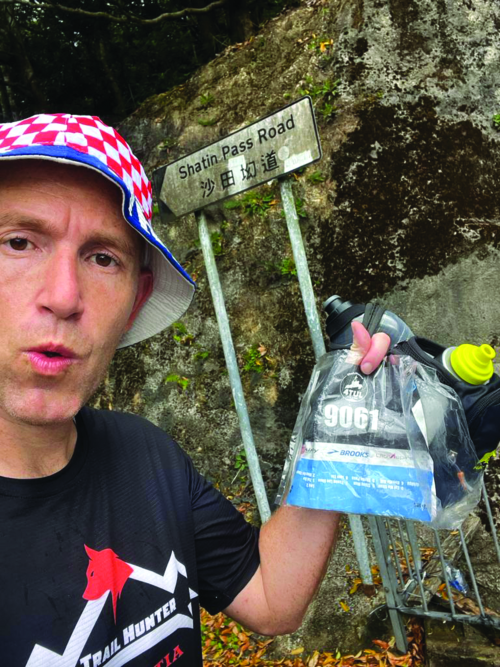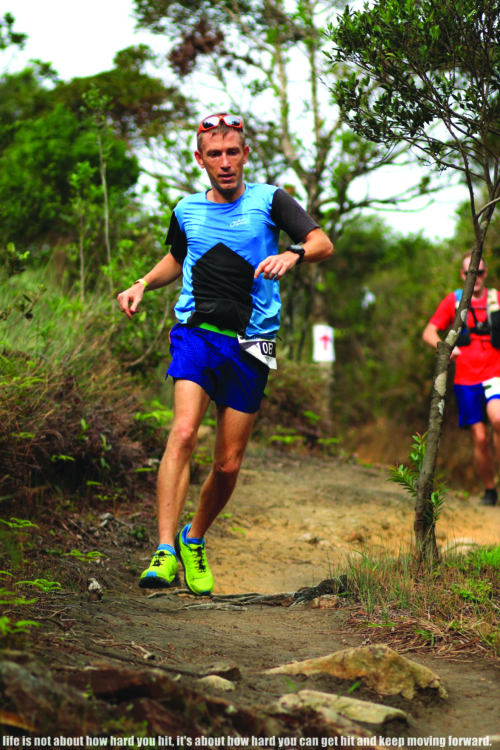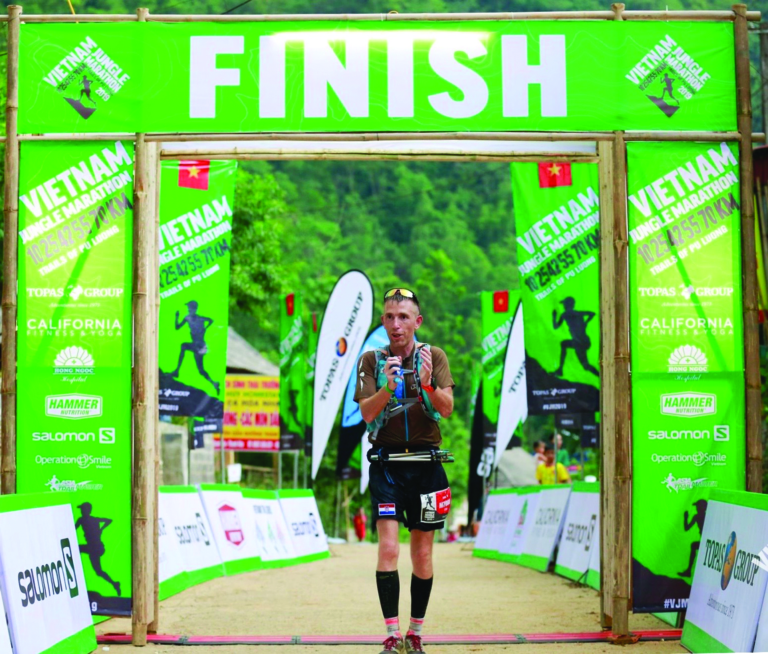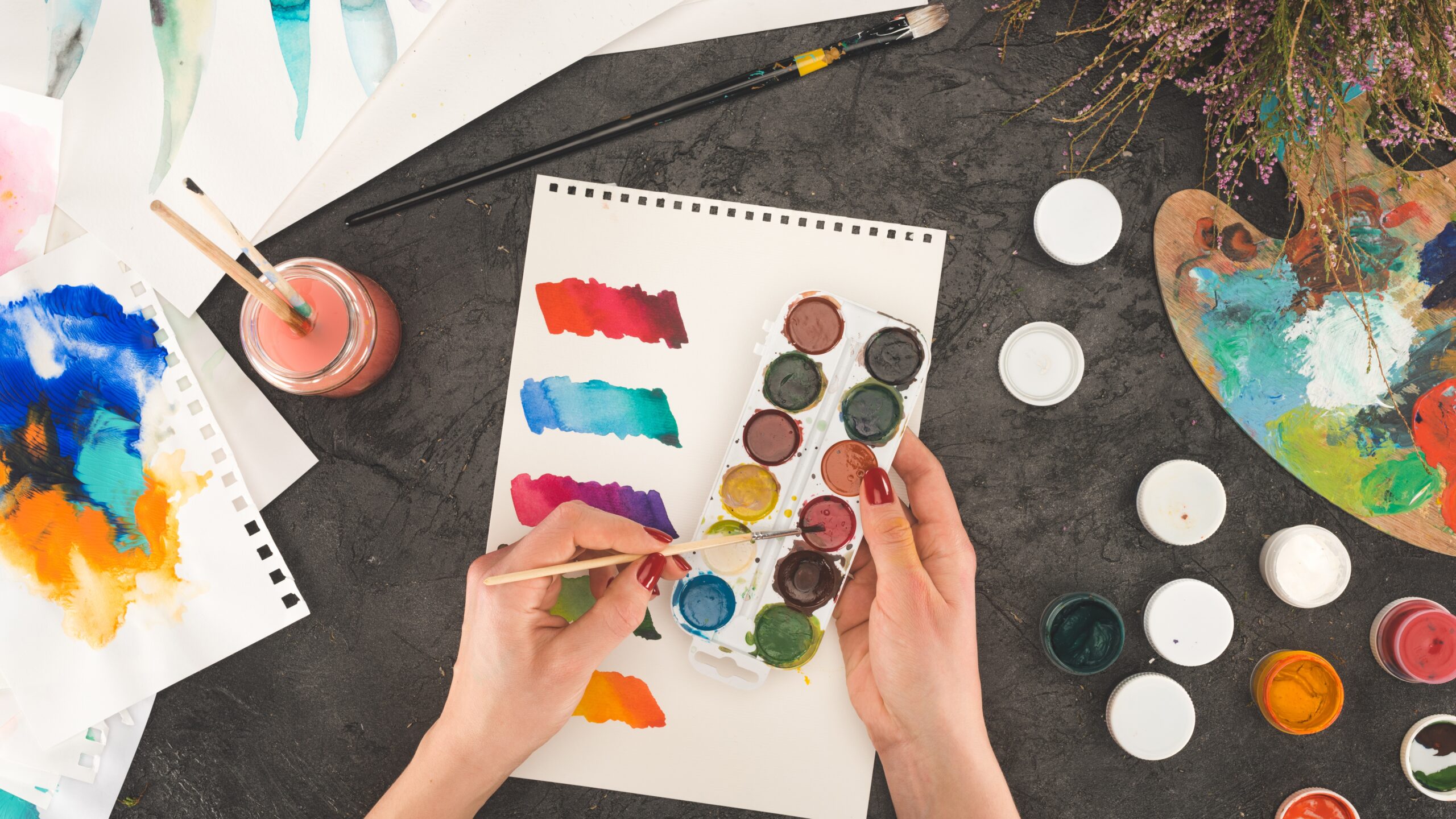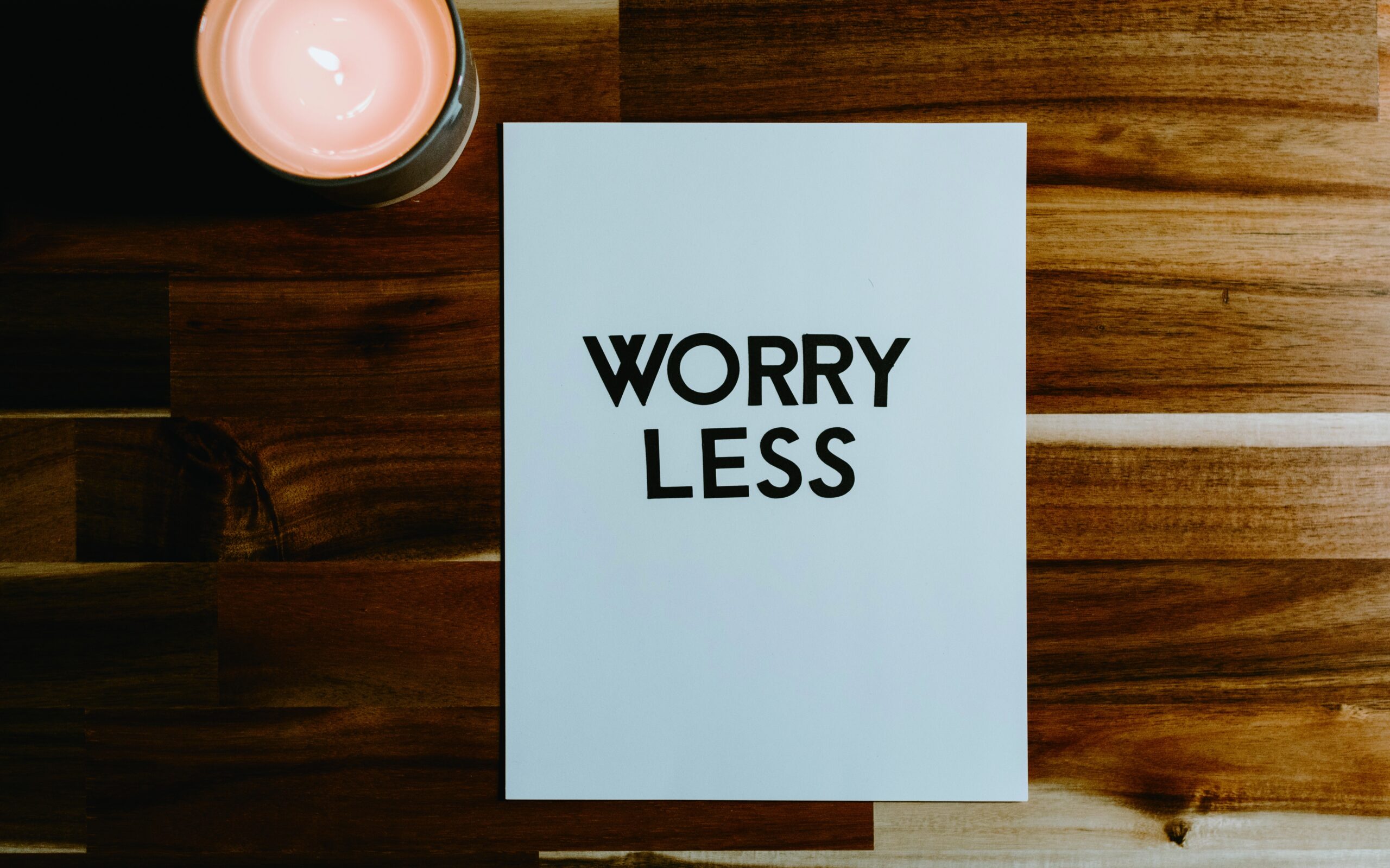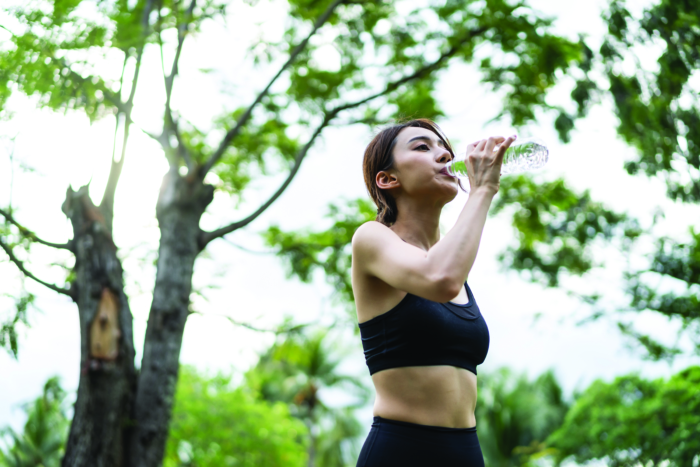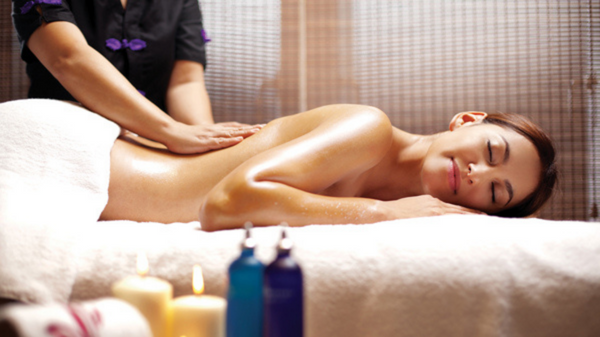While a long happy life is the blessing everyone craves, all too often an unhealthy lifestyle ensures this is one dream never likely to come true. One lifestyle-related illness that has reached almost epidemic proportions over recent years is diabetes, an ailment that has spiked on a global basis over the last 20 years. Indeed, according to the World Health Organisation (WHO), more than two million deaths were directly attributable to diabetes in 2019 alone.
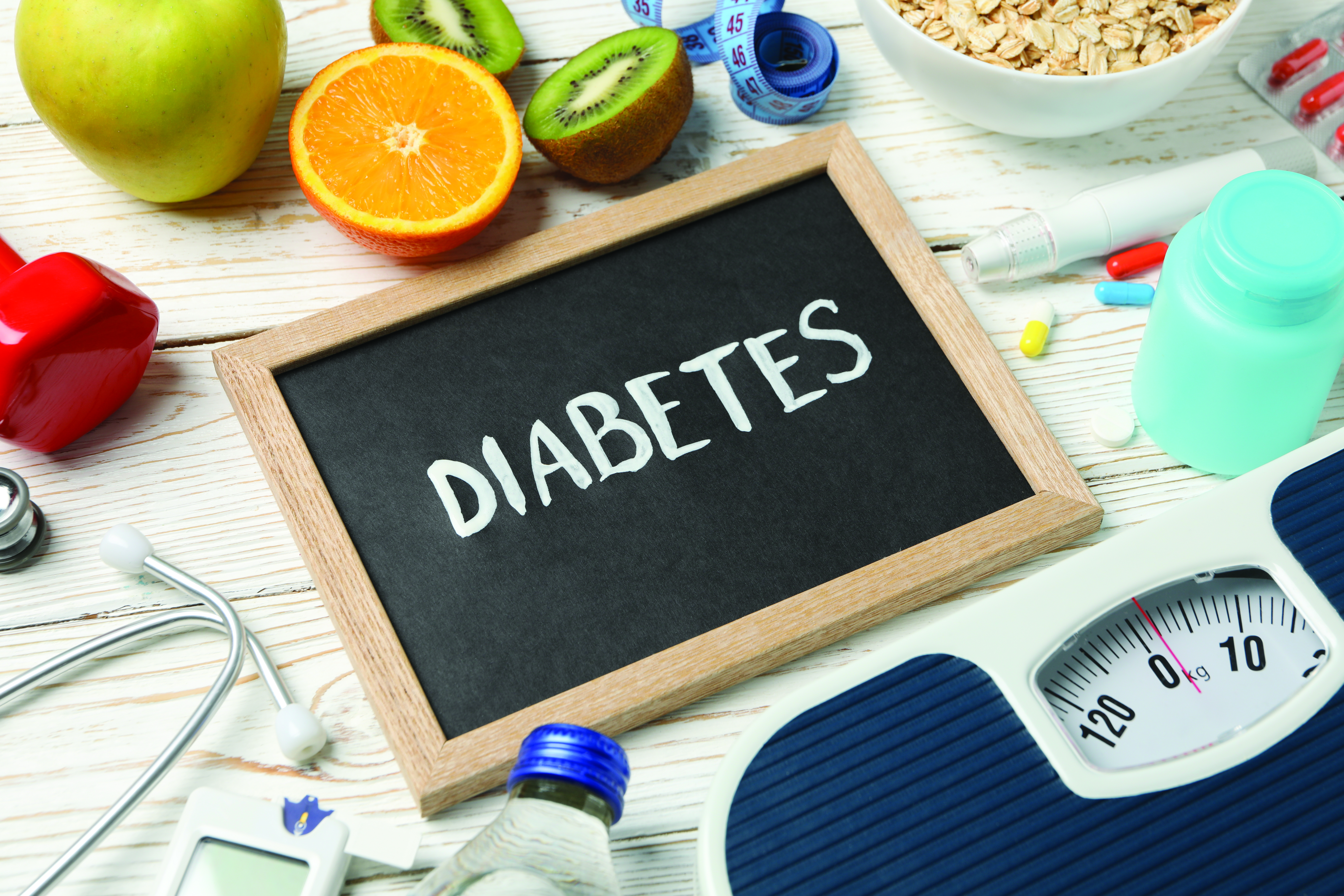
A chronic condition, diabetes is caused by the failure of the pancreas to produce a sufficient level of insulin, the hormone that regulates blood glucose levels. These subsequently raised sugar levels damage nerves and blood vessels, leading to possible kidney or heart failure and the general deterioration of many bodily functions.
Type 2 is the most common form, a non-inherited variant that accounts for 95% of all diabetes cases. Often triggered by obesity or an inactive lifestyle, there are a number of steps you can take to avoid succumbing to the condition or minimising its impact if you already have it. As the lack of a strenuous exercise regime and poor diet choices are the two biggest risk factors, minimising your susceptibility is a relatively straightforward process.
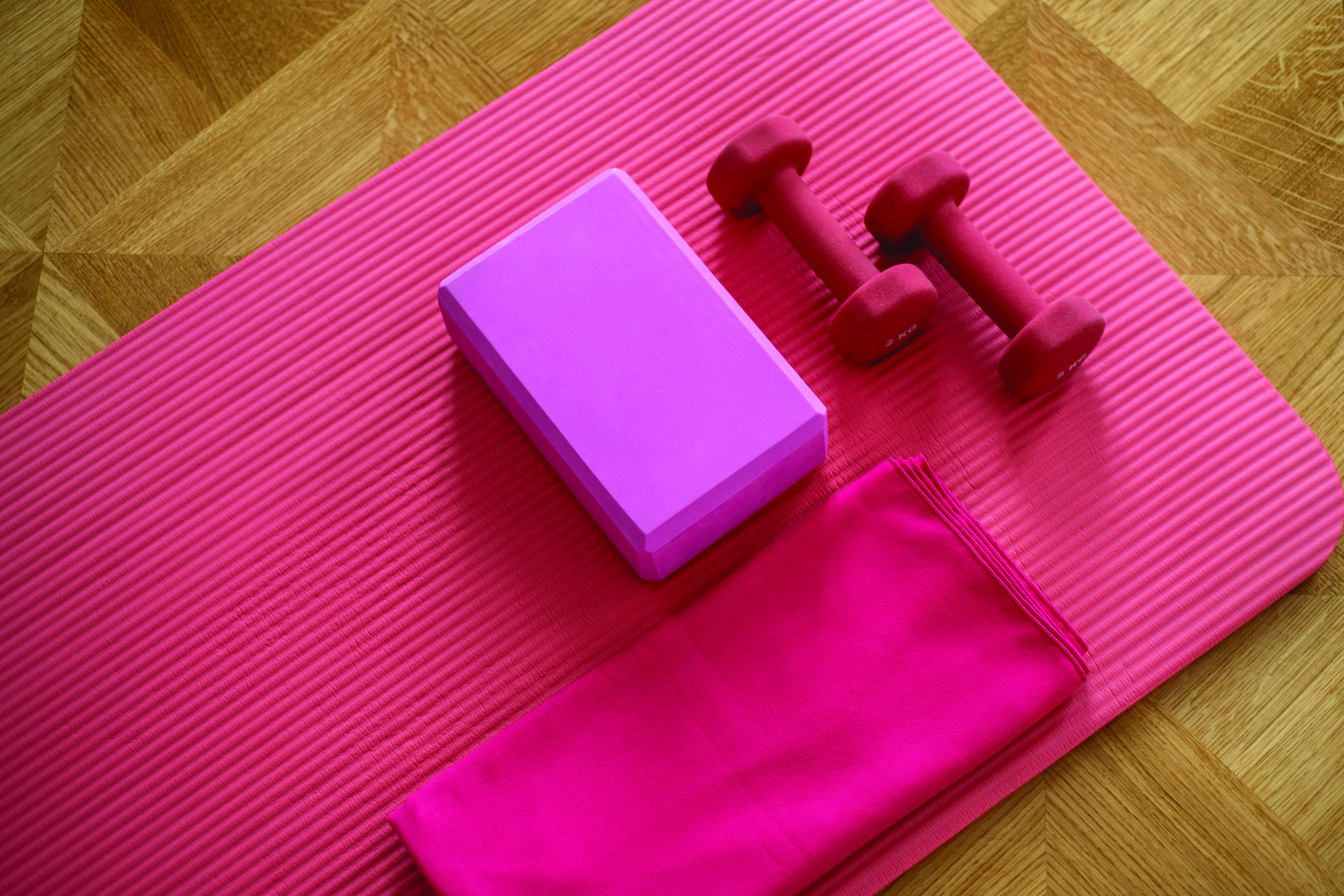
Take an exercise break
It should go without saying that the benefits accruing from regular exercise are so widespread and so profound that it is all but impossible to list them all. When it comes to warding off diabetes, though, strenuous activity can both help you maintain a healthy weight and see any excess blood sugar used to maintain energy levels. A number of studies have also shown that those who exercise on a daily basis have heightened insulin sensitivity, a condition that makes their cells more efficient when it comes to managing blood sugar levels.
Perhaps reassuringly, in order to be effective, any workout doesn’t have to be intense; it just has to be regular. In line with this, many health experts now advocate brief “exercise breaks” as the best way to avoid the damage wrought by a sedentary lifestyle. In simple terms, this should see you avoid sitting for more than 30 minutes at a time, with getting up and flexing your limbs recommended as the perfect way of punctuating any extended sedentary session. Adding such activities as swimming, hiking, brisk walking or dancing into your weekly routine will also pay dividends.
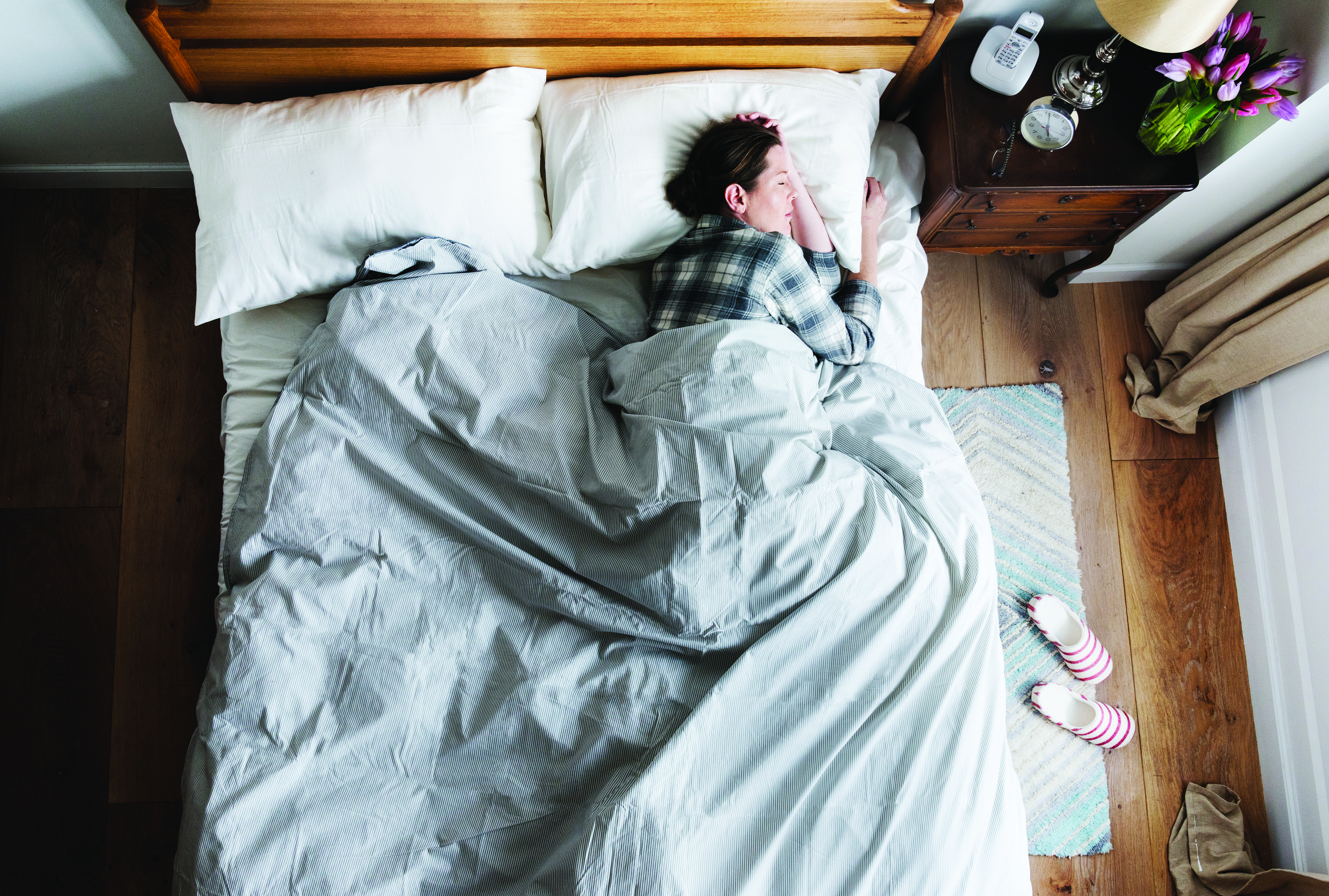
Sleep well
Getting less than seven or eight hours of sleep a night can slow down your bodily functions and affect your ability to make routine decisions, while also causing stress and making you feel lethargic or anxious. Lack of sleep can also play havoc with your blood sugar levels and insulin sensitivity, putting you at risk of developing diabetes at a relatively early age.
When the body doesn’t get enough rest, it often tries to compensate by stimulating the appetite, with an unhealthy gain in weight the likely consequence. Sleep deprivation also tends to disrupt hormone activity, which can, in turn, lead to raised cortisol levels, a condition that adversely affects the body’s natural capacity to manage blood sugar levels.
In order to avoid this, it is advisable to adopt an effective sleeping routine, one that optimises both the quality and quantity of your nocturnal downtime. A simple approach to this is to relax your mind and dispense with all distractions before settling down to sleep while making your bedroom an oasis of quiet and calm.
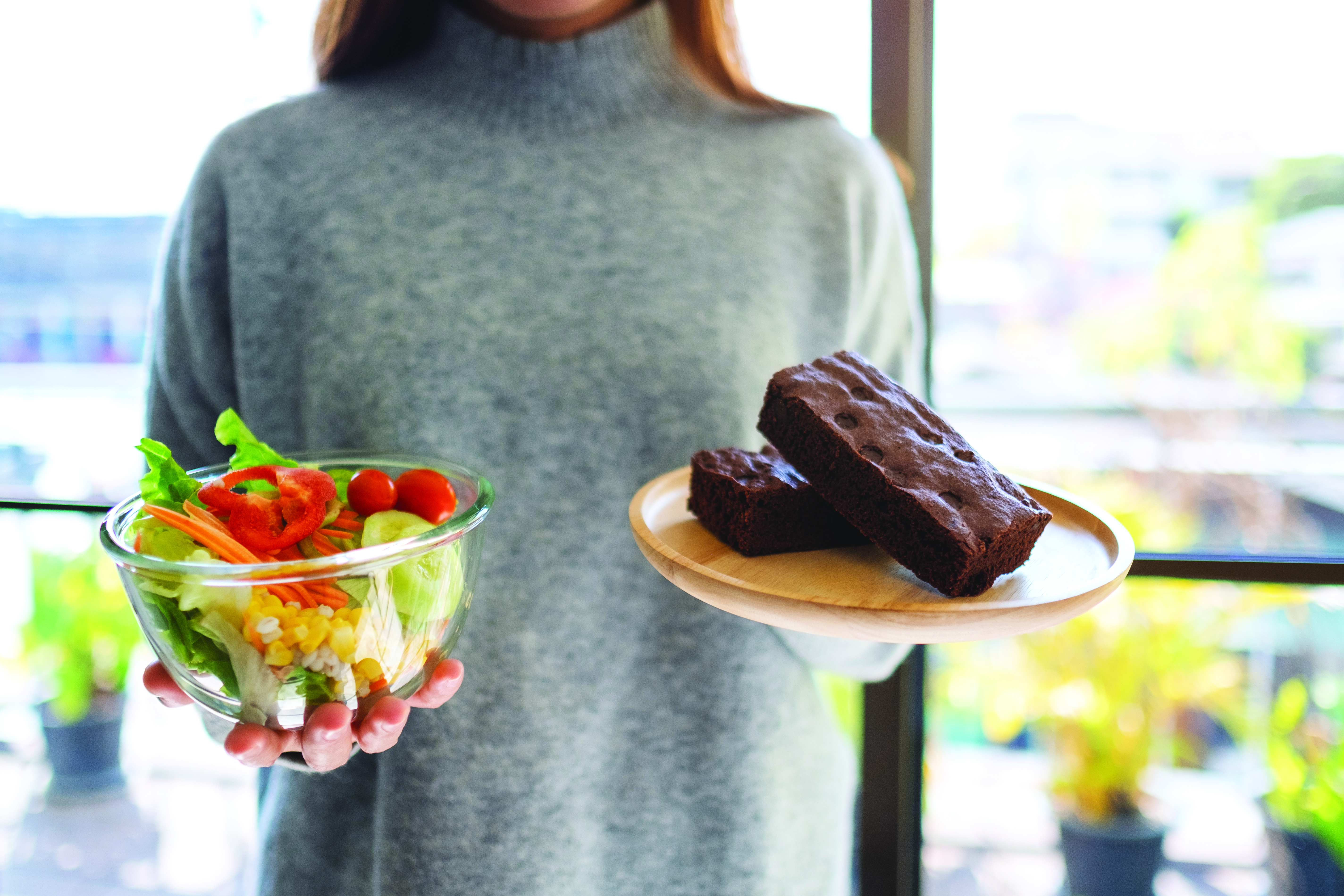
Carbohydrates and fibre
Consciously planning your meals and ensuring the required intake of essential nutrients on a daily basis can help reduce your susceptibility to a variety of diseases. In the case of diabetes, maintaining an appropriate level of carbohydrate consumption is important as it plays a key role in maintaining blood sugar levels as it is broken down into glucose, which is then stored as an energy resource. A diet disproportionately carb-heavy, however, may disrupt insulin production, resulting in unhealthy high blood sugar levels.
In order to counter this, prioritise foods with a low glycaemic index (a measure of how quickly carbs are broken down and absorbed by your body) such as oats, beans or barley. It is also advisable to increase your fibre intake as this helps maintain glucose levels by restricting the amount of sugar absorbed into the bloodstream, with soluble fibres the most effective when it comes to countering the effects of a high-carb diet. Also ensure that fruit, vegetables and whole grains form part of your daily diet as they are rich in fibre and help regulate digestion.

Chromium, magnesium and vitamins
Diabetes can often be caused by micronutrient deficiencies, which are typically the legacy of a poor or badly balanced diet. Overall, it is a deficiency of minerals such as chromium or magnesium that are most commonly associated with high glucose levels.
Chromium plays an essential role in the treatment and prevention of diabetes as it promotes the metabolisation of carbohydrates and fats, while magnesium boosts protein synthesis and sustains much of the body’s muscular and nerve functionality. A deficiency in both nutrients has also been linked to insulin resistance, one of the core syndromes underlying the onset of diabetes.
When it comes to regulating diabetes and even preventing its onset, Vitamins C, D, E, B6 and B12 all have vital roles to play. While Vitamin C suppresses sorbitol (a harmful sugar that can trigger such diabetic complications as retinopathy, neuropathy and kidney damage), D and E promote insulin sensitivity and blood oxygenation. For their part, B6 and B12 help treat diabetic neuropathy, the damage done to the nervous system by overly-concentrated sugar levels.
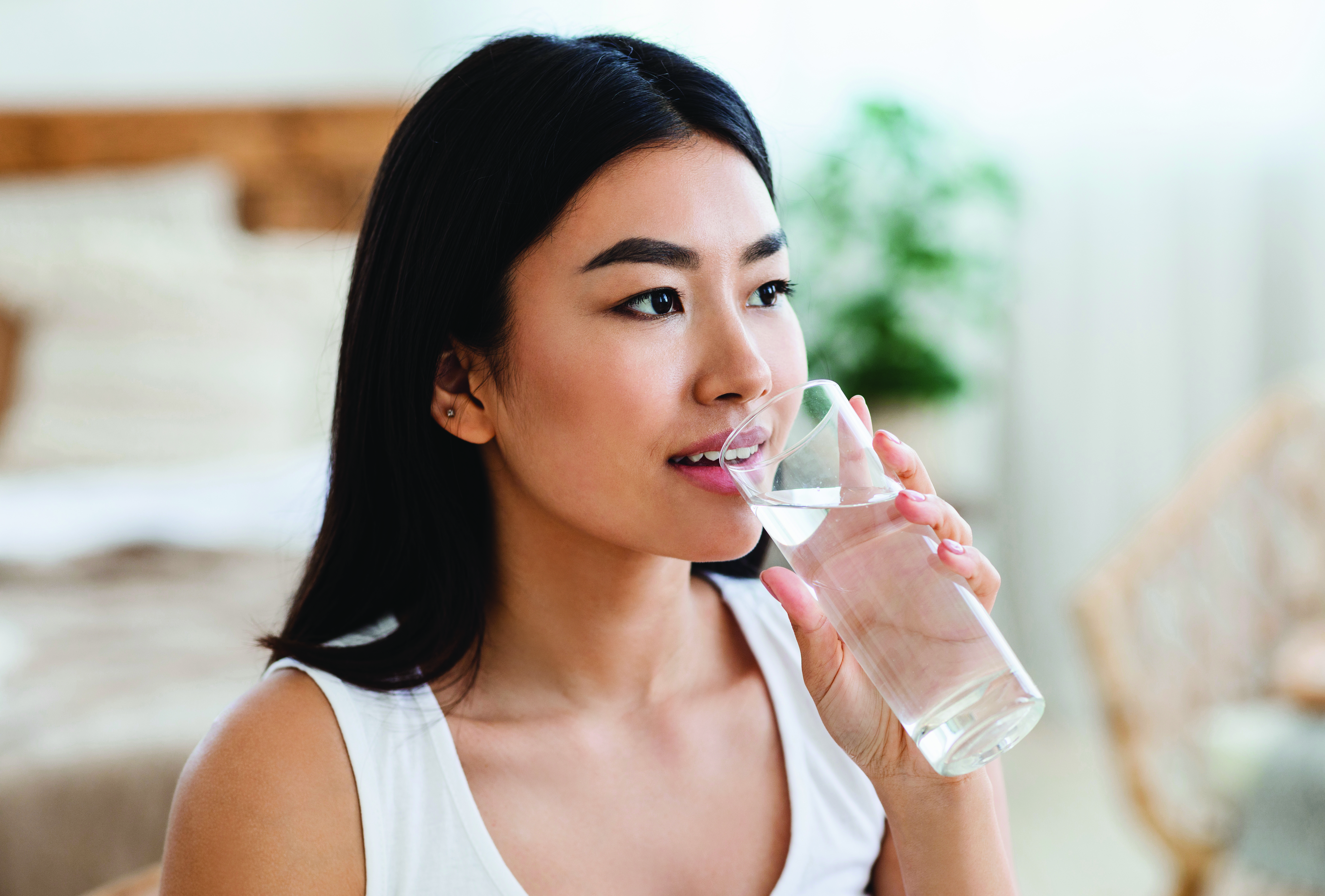
Stay hydrated
Among the many benefits of drinking water is a significant reduction in the likelihood of developing diabetes. This is because keeping your body hydrated helps it to effectively dispel any excess sugar, while also suppressing the urge to binge on unhealthy food.
High glucose levels can also cause dehydration, with maintaining a high level of water intake is the best way to avoid any such risk. Such a routine can also help prevent blood sugar levels from becoming too concentrated, which can act as another gateway to diabetes. For those at high risk (as well as those already diagnosed with diabetes), it is best to avoid soft drinks and soda altogether in favour of water or unsweetened green tea.
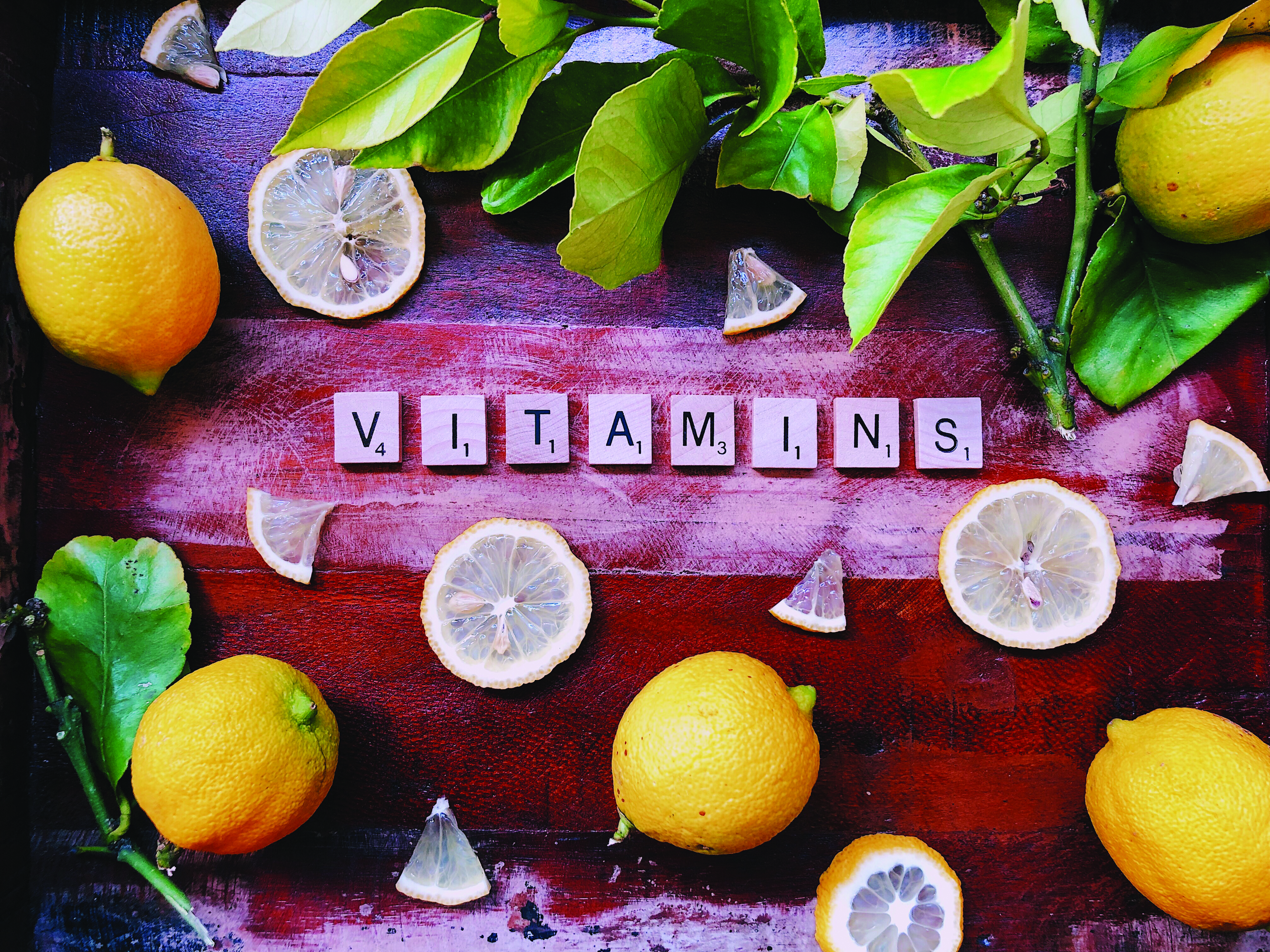
(Text: Zaira Abbas)







